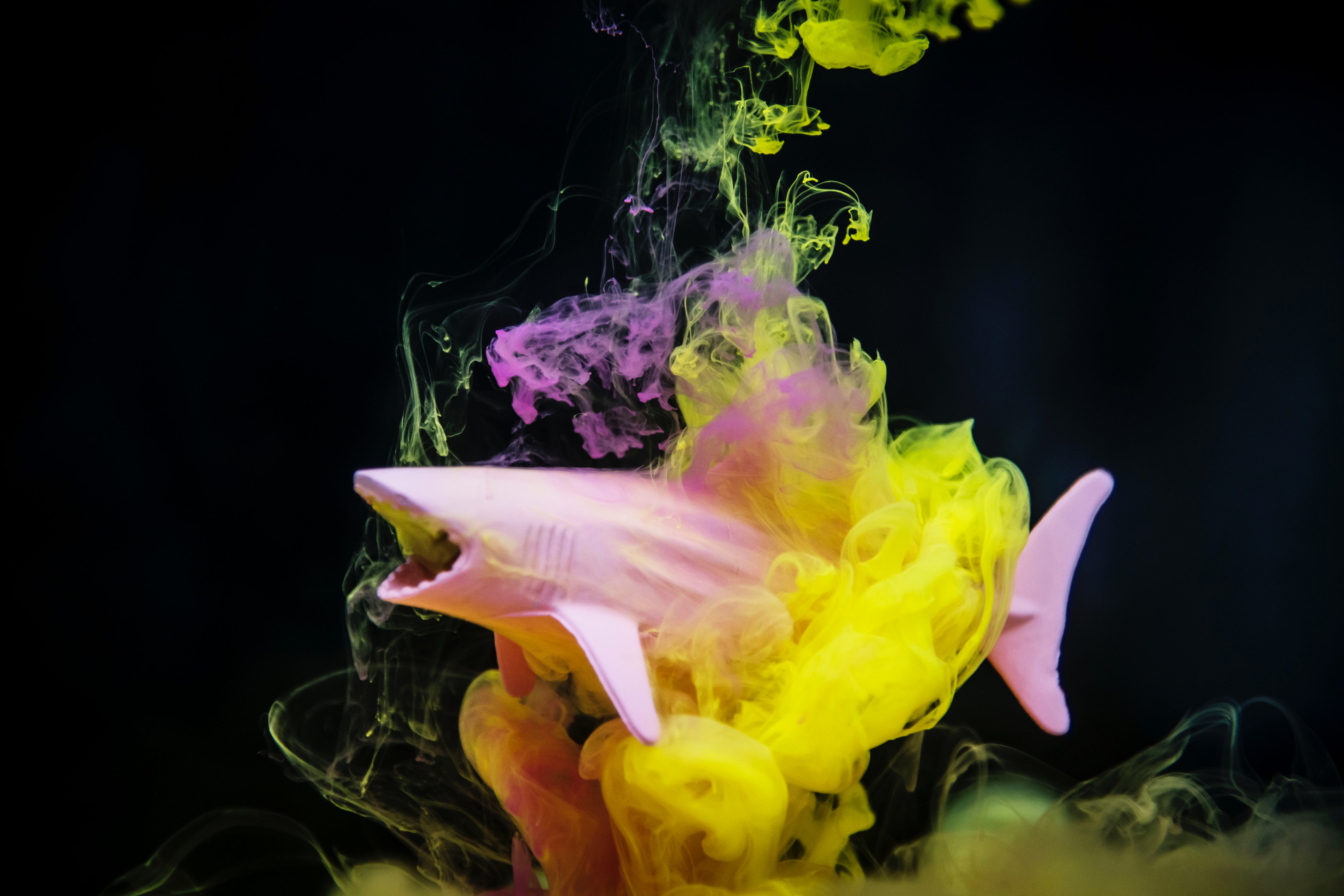The secret life of ink

If you’re in one of the professional services, you probably don’t think a lot about ink. You know – the stuff that fills pens and printer cartridges and seems to cost more than it should. Fun fact: you’re not imagining those exorbitant prices. Ounce for ounce, ink costs more than blood on the open market. Some fonts use more than others, which is one reason for the lasting popularity of Times New Roman, Century and Calibri.
But all fonts use some, and professional services top the list of ink consumers – at least in terms of toner. The legal profession prints more than any other sector by a huge margin, with the medical and accounting fields taking second and third place, respectively. So you might as well make your peace with the world of ink. It’s quite an interesting place, really.
Ink has been around for a long time. Its first known appearance was sometime during the third millennium BCE in Egypt or China, depending on whom you ask. Either way, the new invention spread quickly as it allowed adopters to create content that was faster to write, easier to store and a whole lot lighter to carry than messages etched in clay or stone.
People experimented with tools to apply this useful substance, moving through reeds, quills and metal fountain pens. Ballpoints and rollerballs, with the addition of fiber or felt-tipped pens, then allowed ink to reach vast markets and enter the backpacks and desks of billions. Now there’s a printer in every office and an assortment of nice pens on every desk (and in nearly every stock photo of white-collar professionals).
Ink goes into our bodies in the form of tattoos and ingestibles almost as often as it goes on paper. That fancy pasta sauce dish you’re eating in a spendy, trendy restaurant? It might include ink squirted by a squid. (No kidding!) A number of cephalopods produce their own ink which humans use in food, medicine and industrial products. Ink seems to be everywhere, but it has secrets, too.
In fact, the Secret Service has a major interest in the stuff. Originally part of the Bureau of Alcohol, Tobacco and Firearms, the International Ink Library is a vast repository of ink samples taken from pens around the world. The SS, which is now in charge of this library, sends agents to far-flung locations on a quest for quality time with the pens of individuals everywhere.
Pen manufacturers are in on the scheme, submitting samples to add to the library each time they formulate a new ink recipe. Every one of the more than 11,000 samples in the library becomes part of a digital database that references the type, chemical composition and source of the ink. That’s so the SS (which handles financial fraud as part of its mission) and the FBI can investigate crimes involving ink, and there are more than you might expect.
An unknown will that changes beneficiaries – was it signed with a pen that could only have been manufactured after the date it bears? Do the last numbers on a stock worksheet that supposedly disproves insider trading use the same ink as the first? In which part of the country was a letter threatening the president written, and which stores sell pens from that manufacturer? Using ink analysis, forensic experts connect ink to facts that solve countless crimes.
Ink is useful in such myriad ways that it’s ubiquitous at home and at work. True, it’s sometimes expensive and always hard to remove when it goes where it shouldn’t, but just think where we’d be without it! Playing in the mud again – which, come to think about it, isn’t an entirely awful idea.

